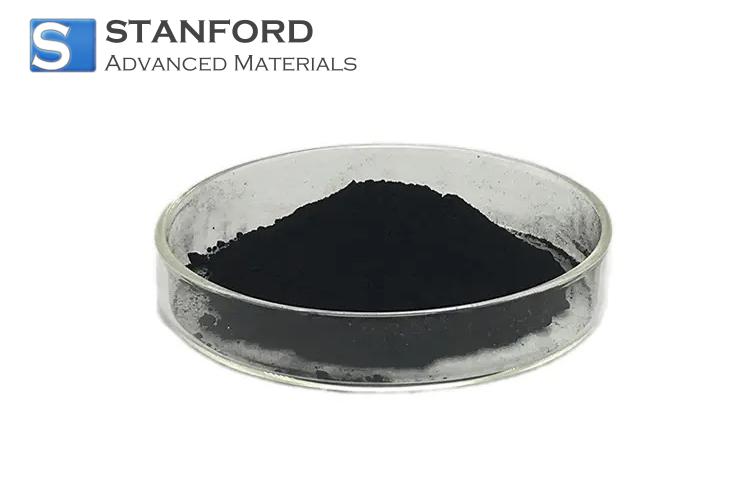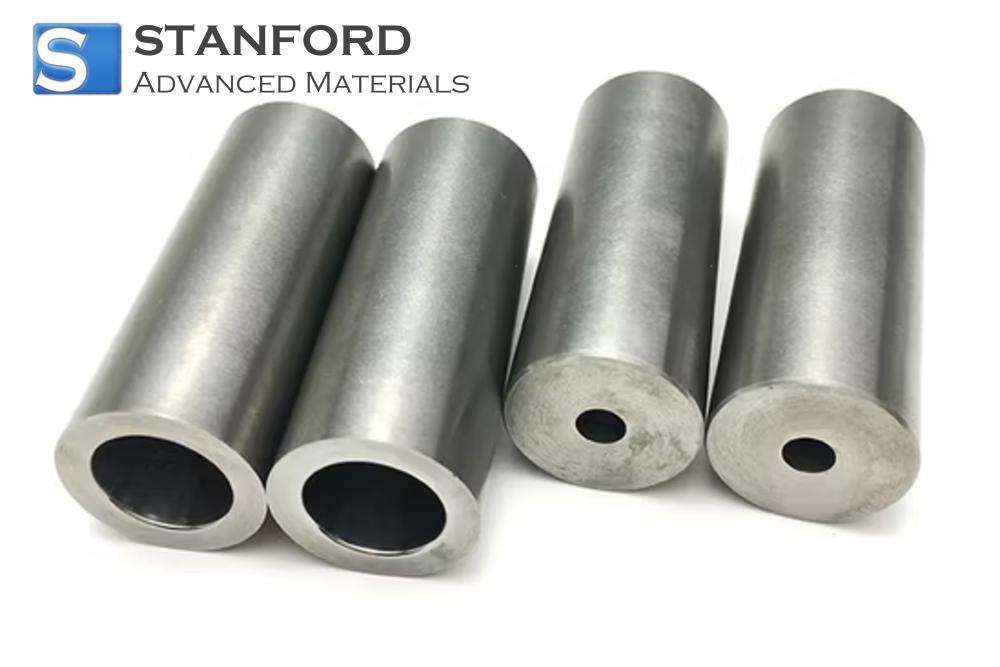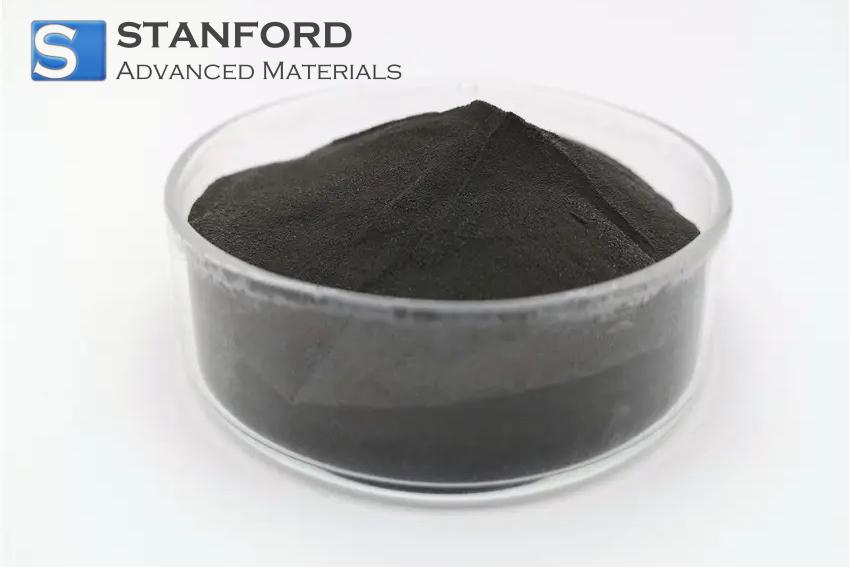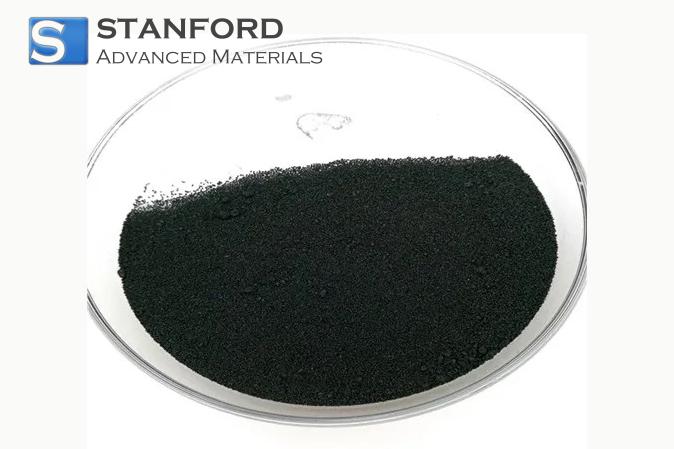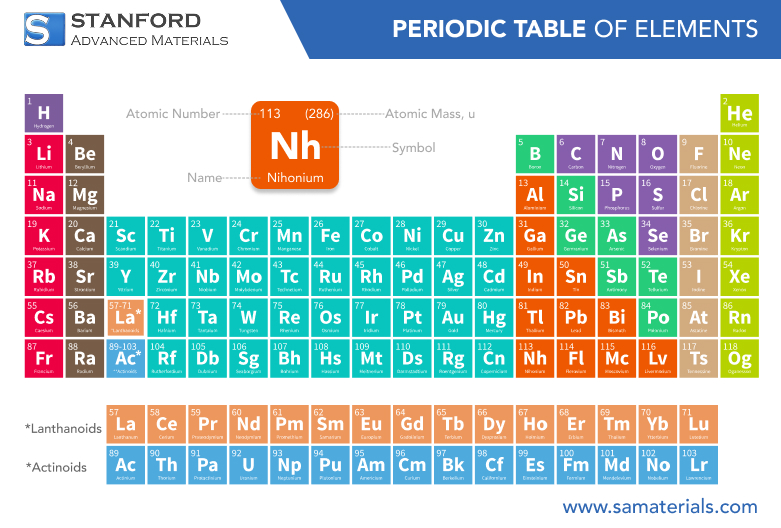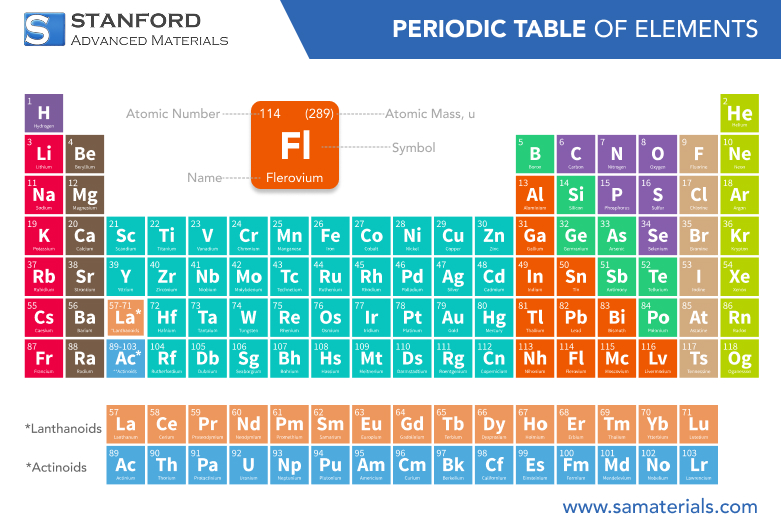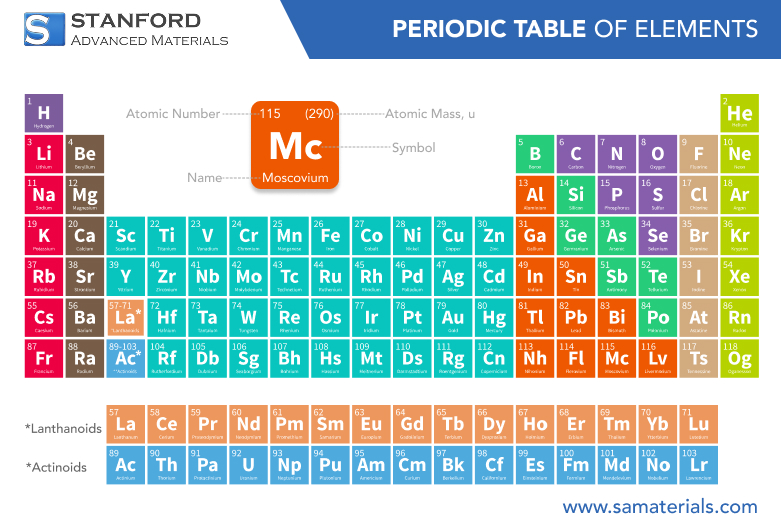Cadmium: Element Properties and Uses
Description
Cadmium is a soft, bluish-white metal with unique properties. Learn its chemical behavior, physical data, uses, and preparation methods in this article.
Introduction to the Element
Cadmium is a chemical element with the symbol Cd and atomic number 48. First isolated in the 19th century, cadmium has garnered attention due to its distinctive physical appearance and its role as a toxic heavy metal. Cadmium is primarily obtained as a byproduct during the refining of zinc, and its presence in ores has led to careful handling and strict regulations because of its toxicity.
Chemical Properties Description
The chemical properties of cadmium are a central point of study in many academic disciplines. Cadmium typically exhibits a +2 oxidation state, forming Cd²⁺ ions that are key to its chemical behavior. This oxidation state is responsible for cadmium’s reactivity with compounds such as oxygen and sulfur, leading to the formation of various cadmium compounds. One of the notable characteristics is its low reactivity in comparison to other metals; however, under the right conditions, cadmium can combine with halogens and chalcogens to produce salts that are used in different industrial processes. For more information, please check Stanford Advanced Materials (SAM).
Common Uses and Related Industrial Products
One of the most widespread uses of cadmium is in the manufacturing of nickel-cadmium batteries. These rechargeable batteries have been a staple in various consumer electronics due to their durability and reliability, even though modern advancements are gradually reducing their usage in favor of more environmentally friendly alternatives.
Beyond batteries, cadmium is incorporated into pigments that produce bright, long-lasting colors in plastics, ceramics, and glass. These pigments have historically been prized for their stability and vivid hues, though environmental concerns have led to increased scrutiny over their use.
Additionally, cadmium compounds are used in electroplating to provide corrosion resistance, and they are an integral component in certain semiconductor devices and solar cells, particularly cadmium telluride photovoltaic cells.
Frequently Asked Questions
What is the atomic number of cadmium?
Cadmium has an atomic number of 48, which places it in the group of transition
metals with unique properties.
How toxic is cadmium to humans and the environment?
Cadmium is considered highly toxic and exposure can lead to serious health
issues; thus, its use is strictly regulated in industrial settings.
What are the primary common uses of cadmium?
Cadmium is commonly used in nickel-cadmium batteries, pigments, electroplating,
and in certain semiconductor applications.
How is cadmium typically prepared in industry?
Cadmium is mainly obtained as a byproduct during the refining of zinc ores,
using methods such as roasting, distillation, and electrolytic refining.
Are there safer alternatives to cadmium in industrial applications?
While research is ongoing, alternatives are being developed for many
applications; however, cadmium’s unique properties mean that it is still used
in specific high-performance products.

